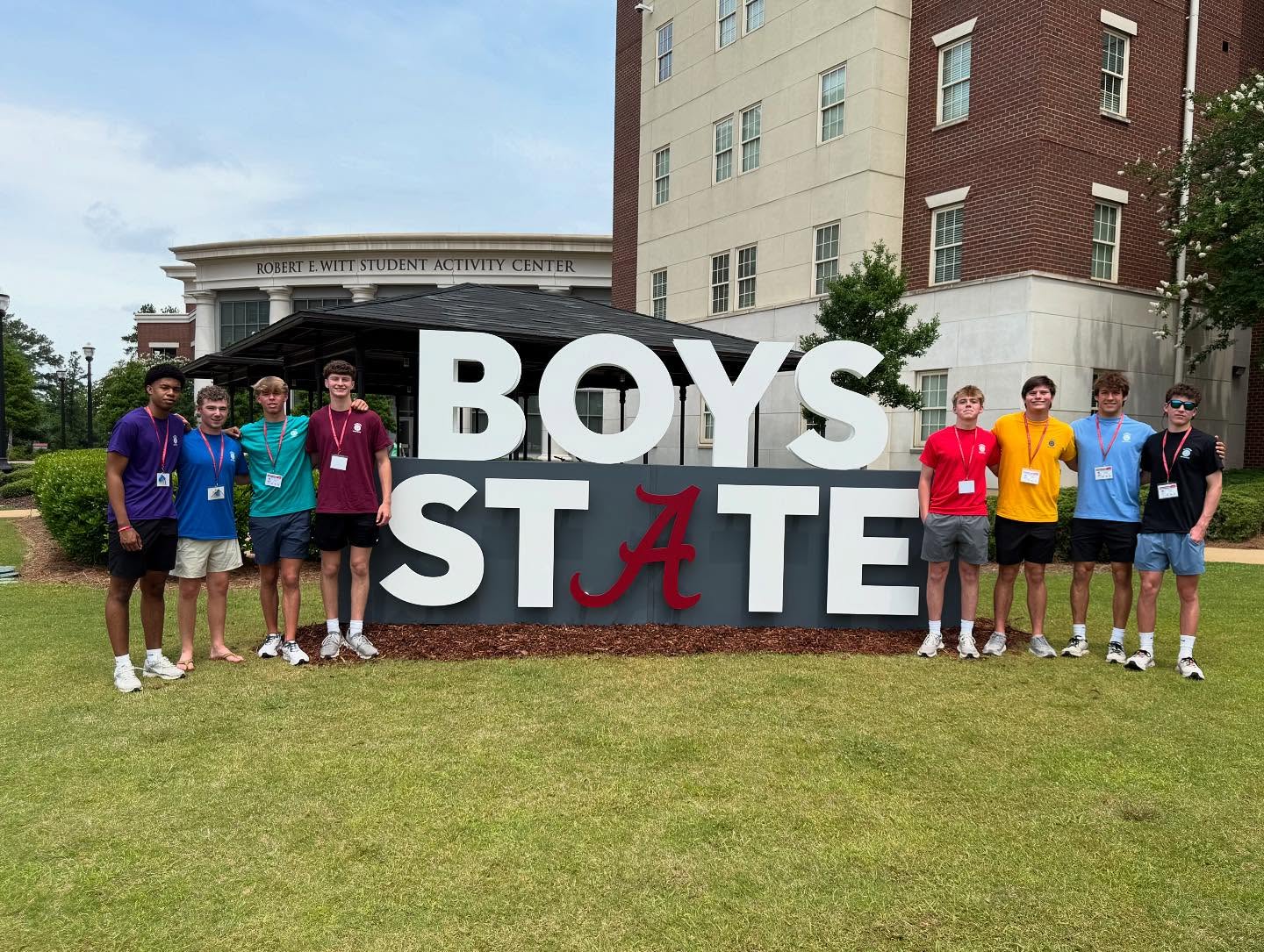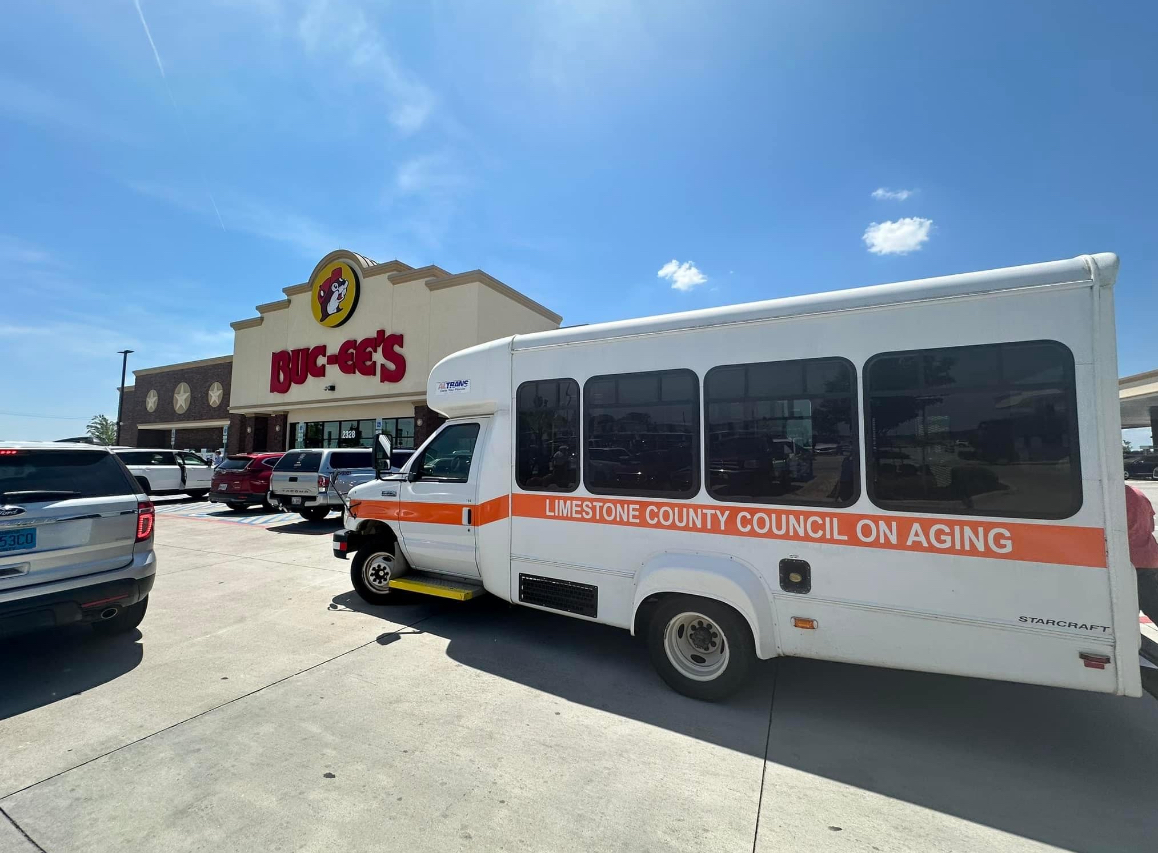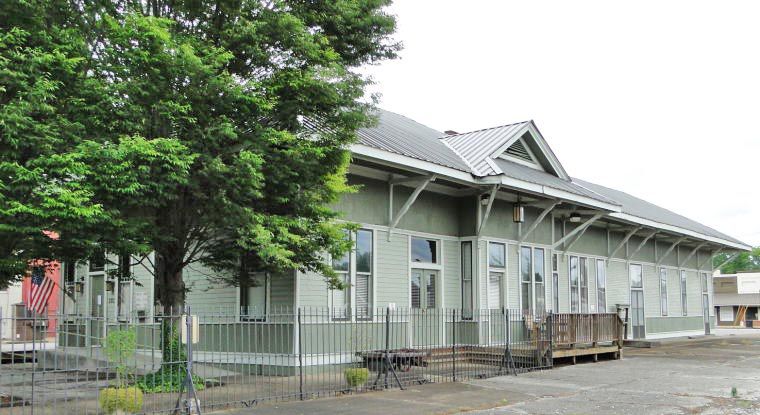Local group creates park to memorialize rescuers lost in Sept. 11 terrorist attacks
Published 11:21 pm Friday, September 8, 2006

- Lyndon and Marilyn Campbell enjoy a footbridge connecting Diamond Pointe and Indian Trace subdivisions built by neighbor Greg Smith as part of the 9/11 walkway.
The tragic events of Sept. 11, 2001, united a country. Now, a walkway in Athens dedicated to those who died trying to save 9/11 victims unites three neighborhoods.
Lyndon Campbell Sr., a retired insurance agent who moved to Athens from Chesterfield, Mo., in 1992, had an agreement with the original developers of Canebrake Subdivision to maintain a “common ground” adjoining the neighborhood with Diamond Pointe Subdivision, where he lives.
The end result is anything but common.
Diamond Pointe lies between Canebrake and Indian Trace Subdivision. Campbell kept the grass cut and Canebrake officials planted some redbuds at the edge of his property. Campbell organized a homeowners group to help care for the property and Canebrake maintenance came with a mower to cut down high weeds and form a walkway between the neighborhoods.
It seemed that was as far as the agreement would go. Then came 9/11, and Campbell, like many Americans, felt the need to honor the 343 firefighters and 75 policemen who died trying to save others from the doomed World Trade Center towers.
“We did not have anything in this town honoring the police and firefighters who risked their lives on 9/11,” said Campbell.
Campbell enlisted the help of a neighbor, Greg Smith, and the two dedicated the neighborhood walkway to police and firefighters.
Campbell, who says he “always supports veterans,” even when he doesn’t agree with the political ideologies of the nation’s leaders, is termed a “disabled atomic veteran.” After he came back from Germany in 1953, the government sent him to Camp Desert Rock, Nev., to take part in operation Upshot-Knothole, a series of 11 atomic detonations.
“Shot Simon,” a 300-foot tower detonation, was fired at 4:30 a.m. Pacific Standard Time on April 25, 1953, in Area 1 of Yucca Flat. The Simon device produced a nuclear yield of 43 kilotons, larger than the bombs dropped on Hiroshima and Nagasaki combined, significantly larger than expected. Because the wind shifted at the time of detonation, radiation levels in the Desert Rock trench area were higher than anticipated.
Campbell was one of 3,000 personnel at Shot Simon. He and many other veterans present for Shot Simon have suffered a variety of health problems and cancers, including leukemia. Veterans Administration doctors check Campbell for cancer every six months.
The morning of Sept. 11, 2001, Campbell had the kitchen TV set turned on when he heard the first news of the terrorist attacks.
“I sat here and watched the buildings fall, I saw it all,” said Campbell. “It was the worst thing that ever happened to the United States. Those people deserve to be remembered.”
Greg Smith said he had worked the night shift at TVA’s Browns Ferry Nuclear Plant and was in bed asleep when a hijacked airliner hit the first tower.
“My wife, Jamie, came in and woke me up,” said Smith. “I was just bewildered that something like that was going on, but gratified that it was not bigger, although it was huge in itself. I stayed glued to the TV all day.”
So when Campbell came to him with the idea of developing a 9/11 park, Smith readily agreed.
“He deserves all the credit,” said Smith. “I’m just a worker bee.”
Campbell went to Athens Mayor Dan Williams and got the city to agree to install curbs and gutters on the Diamond Pointe dead end street adjoining the common ground. After explaining the project, Williams chipped in for some shrubbery.
Campbell and his wife, Marilyn, planted two rows of Leland cypress and some ground cover shrubbery. Diamond Pointe neighbors Floyd and Marjorie Butler donated a flagpole and flag. Steve Moss helped with landscaping and Price Mitchell did the grading.
Advance Signs donated two signs, one each honoring the fire department and the police department, and Travis Fleming of Fleming Iron Works designed and donated two wrought-iron holders for the signs.
The Smiths planted trees adjacent to their property and have been working to develop a better stand of grass.
“I went to Police Chief Wayne Harper and he helped get an ordinance saying there can be no motorized vehicles on the walkway,” said Campbell.
Then, Campbell went to Smith and told him they needed a footbridge across a ditch running between Diamond Pointe and Indian Trace.
“Greg went to City Hall to get permission to put up the bridge and they told him to go over and measure the width of golf carts and to make the bridge narrower than a cart so it wouldn’t be used for that,” said Campbell.
After five years of work, the neighborhood 9/11 walkway mostly remained a secret, except to close neighbors and the occasional walker or jogger. One walker, Suzanne Joiner, was delighted to discover the walkway and notified the News Courier.
The neighborhood association plans to continue developing the park.
Campbell said he has intended to have an official dedication ceremony for the walkway, but “just hadn’t gotten around to it.”
He said he wants the mayor and police and firefighters there, and maybe even Rep. Bud Cramer, if he can make it.





